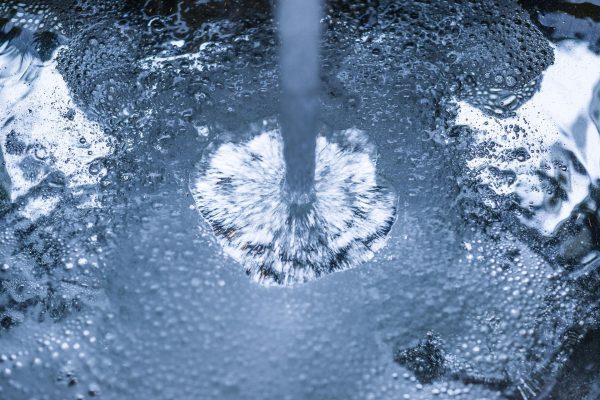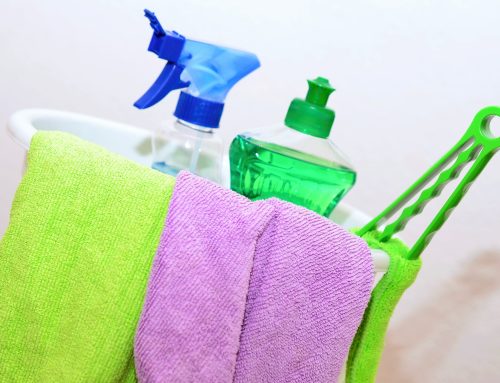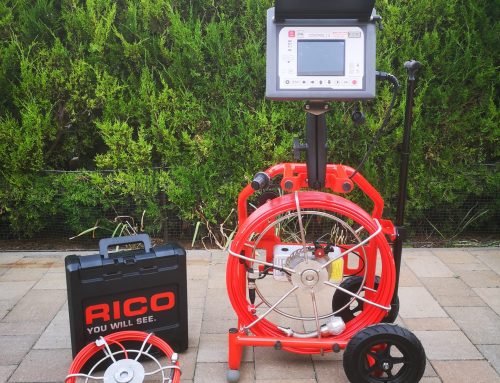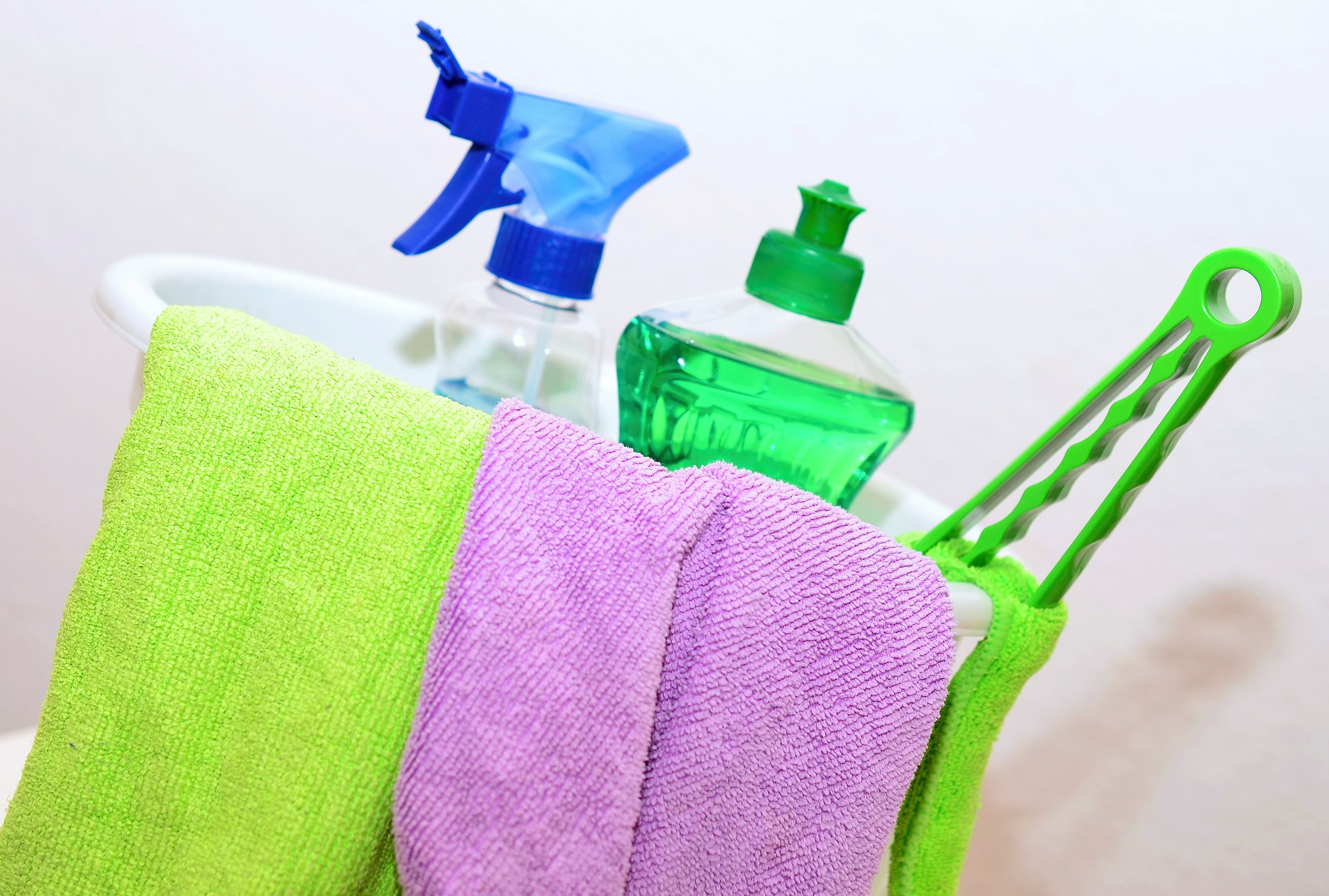By using a drain siphon, we can reduce blockages development, but it doesn't matter which one we choose, so in today's article we will share with you which siphon is the best and which one is worth purchasing in order to avoid later problems.
The vast majority of siphons available today are made of plastic, which is also useful, because it is unnecessary to choose one made of metal, and we do not use strong acids and chemicals in our households that could damage plastic siphons.
Nowadays, drain traps are very easy and cheap to obtain, and their installation does not require any special skills. The task during installation is simply to insert the pipes in the right place, place the seals in the right place, and tighten a few screws. If these steps are carried out professionally, your trap will be solid and will be able to pass larger amounts of water without leaking.
Which one do you choose?
When buying a drain trap, do not price should be the decisive factor, it is worth choosing a quality piece. Another important factor is which part of the apartment the siphon is intended for, because it does not matter whether it is a kitchen or a bathroom. While a smaller siphon is sufficient for the bathroom, it is worth choosing a larger one for the more frequently used kitchen, which will perform its function perfectly even if kitchen leftovers or grease accidentally get into it.
The diameter of the siphon is also important, as various contaminants can easily get stuck in a siphon with a narrow diameter. leftovers, which reduce the cross-section of the pipe and thus increase the risk of blockage.

Another relevant aspect of choosing a siphon is that it should be easy to clean even for a person who is not at home. water pipe Before purchasing, you should make sure that the siphon you buy can be easily disassembled without tools.
Disassembly is essential, as a 5-10 minute cleaning can prevent serious blockages, and the siphon provides access to the pipeline for the rest of the part.
We hope this article was useful and that with our help everyone can find the perfect siphon for them, installing which will avoid blockages that burden their wallet.
Did something go wrong? There's only one real one here. specialist can help? Don't worry, we're here to lend a helping hand and clear even the most stubborn blockages every day of the year! You can find our contact details at connection under the menu!
Would you like to be informed about our job offers and new articles? Follow Facebook page, where you can read our weekly articles and stay informed about news about our business!












